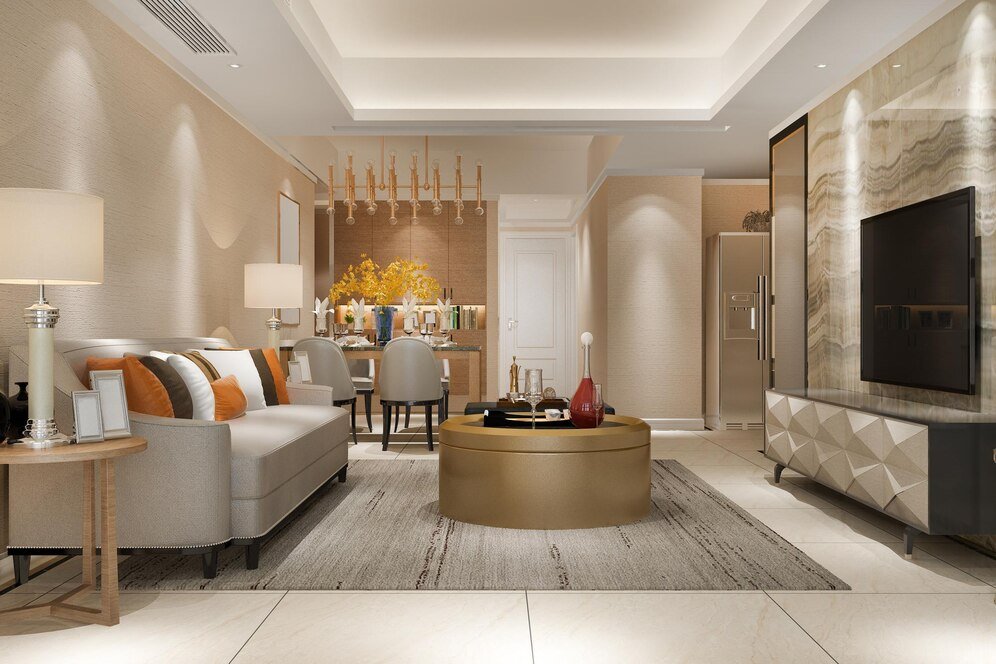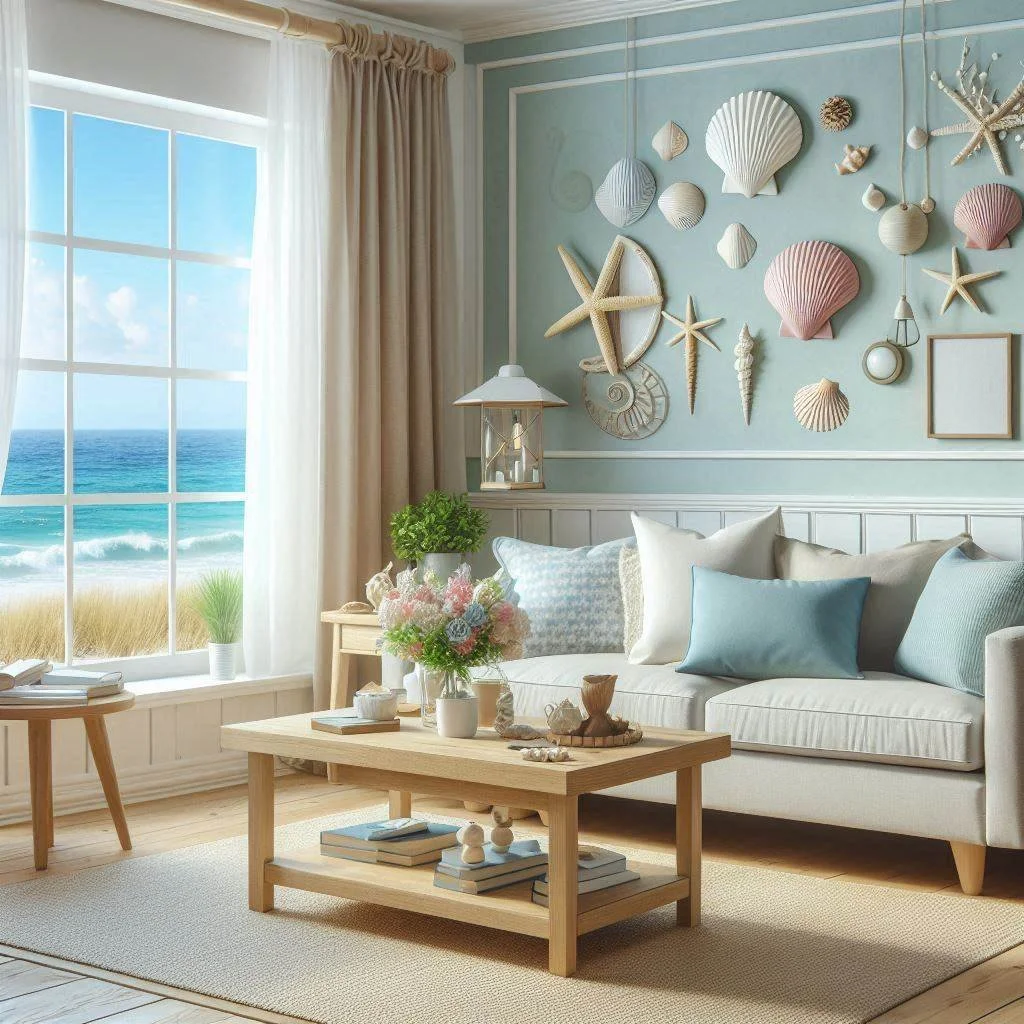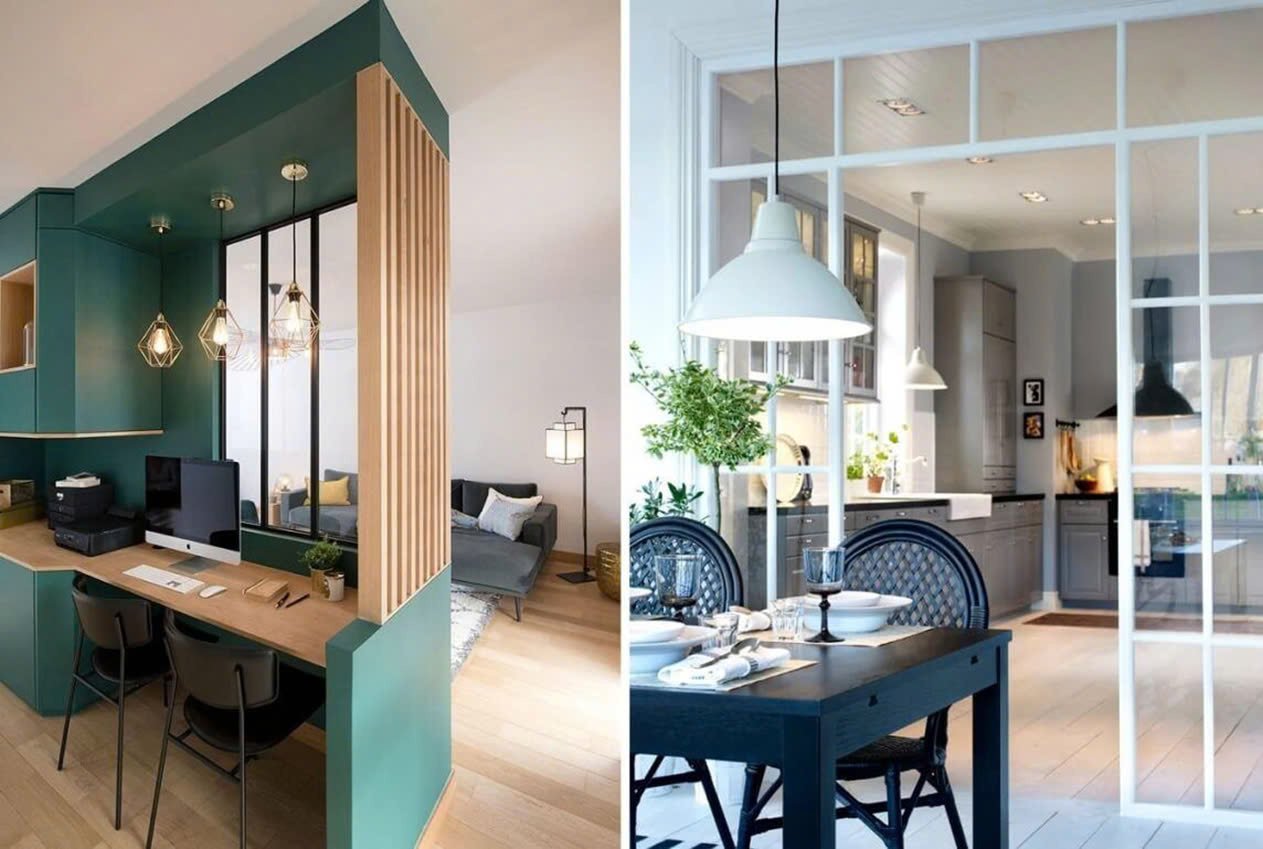5 Simple Tips for Designing a Space That’s Uniquely Yours
Create a space that reflects your personality with these 5 simple design tips. Discover how to infuse style and individuality into every corner of your home.
Your living space is more than just a home; it’s a reflection of your personality, values, and lifestyle. Designing a space that feels uniquely yours requires intention, creativity, and a touch of boldness.
The right approach can help you craft a home that feels like an extension of who you are. Let’s explore four powerful yet simple tips to help you design a space that is distinctively you.
Prioritize Comfort and Practicality
A beautifully designed space is only successful if it feels good to live in. When designing, prioritize comfort and ensure the layout works seamlessly for your lifestyle.
Comfort starts with the right furniture. Choose pieces that support your body and improve your well-being, especially in areas where you spend a lot of time, like your home office, living room, or dining space.
Use unique lighting designs that enhance functionality and mood. Lighting significantly affects how comfortable and practical your space feels. The right lighting can make a room feel larger, warmer, or more inviting.
Lastly, be intentional with the flow of your space, as it directly impacts its usability. Arrange furniture and décor in a way that aligns with how you move and interact within the room.
Define Your Space’s Purpose Before Styling
Define the purpose of the space. This should go beyond the living room, which is a living space with seats. Determine how you want to feel while in the room. Every space serves a purpose, whether it's for relaxation, productivity, or entertainment. Understanding the why behind your design choices ensures that your room meets your functional needs and personal preferences.
Here are some great questions to ask yourself to get to the why:
What do I want to feel when I walk into this room?
How will I use this space daily?
Who will spend time here with me?
Break down the space into zones. For example, in a living room, you might have a cozy reading nook, a vibrant socializing area, and a quiet corner for reflection. This makes the room multifunctional and personal.
Incorporate Meaningful Pieces That Tell Your Story
Pieces that are meaningful to you are an extension of your personality and items that are of importance to you. Generic furniture and art décor might look good, but meaningful items give your space character and soul. Surround yourself with objects that resonate with your personal history, achievements, or dreams.
Some ideas for pieces to include:
Travel souvenirs, like a rug from Morocco or ceramics from Greece.
Family heirlooms or vintage finds that add warmth and nostalgia.
Art or photographs that evoke emotions or spark memories.
Personal pieces don’t have to be extravagant. A framed postcard from a loved one or a handmade craft can be just as impactful as a high-end painting.
Infuse Your Personality Through Customization
Nothing says uniquely yours like adding a personal touch to your space through customization. Custom-designed elements allow you to reflect your personality and style in ways that off-the-shelf items cannot.
To ensure this is manageable, pick a few pieces to customize and blend them in with your generic pieces.
Simple ways to incorporate customization:
Try DIY craft projects: Create your artwork, paint furniture in your favorite colors, or craft a one-of-a-kind headboard.
Tailor your own furniture: Invest in custom-made pieces, like a couch upholstered in fabric that complements your overall theme.
Create wall décor: Consider personalized wall art, such as your favorite quotes, family photos, or even a gallery wall featuring your creative projects.
Try functional design: Build a custom storage solution that fits your unique lifestyle — think built-in bookshelves for avid readers or a workstation for creatives.
Personalization doesn’t have to be expensive. Even small touches, like monogrammed cushions or hand-painted ceramics, can make a big impact.
Mix Textures, Colors, and Patterns for Depth
Combine various textures, colors, and patterns to create a harmonious yet dynamic environment that engages the eye. The secret is to mix them in a manner that speaks to your personality as opposed to following a generic design.
Different textures can convey different emotions. Combining them allows you to balance these feelings and create a space that feels authentically you.
Colors, on the other hand, have the power to influence mood and reveal a lot about your character. Use a mix of hues to tell your story.
Lastly, patterns bring life to a room and can make a bold statement about your individuality. It’s important to balance them so they complement rather than compete.
The magic happens when you mix the textures, colors, and patterns to work together in harmony. Start with one element as the base, for example, your wall color, then layer in complementary textures and patterns.
How to mix these three elements for harmony:
Textures: Pair soft throws and velvet cushions with rough wooden furniture or metallic accents.
Colors: Choose a base color you love and layer in complementary or contrasting hues through accessories.
Patterns: Mix bold prints with subtle ones. For example, pair geometric rugs with floral curtains for a balanced look.
Use a unifying element like a shared color or theme to tie everything together. This ensures your space feels cohesive while still showing off your unique flair.





























